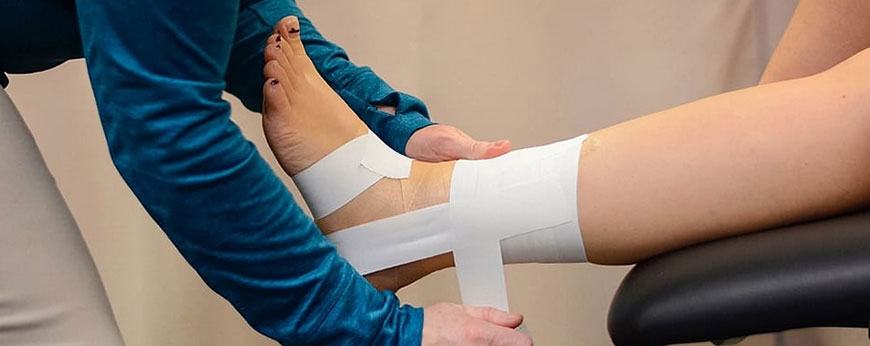Bone Fracture & Trauma

Meaning:
A bone fracture is a break or crack in the bone, which can range from a small, hairline fracture to a complete break that disrupts the bone structure. Trauma refers to any injury caused by physical force, which can lead to fractures, dislocations, or soft tissue damage. Bone fractures are common in accidents, falls, sports injuries, or high-impact activities. Trauma can affect any bone in the body and may involve multiple fractures or associated soft tissue injuries.
Symptoms:
- Sudden, sharp pain at the site of injury, which worsens with movement or pressure.
- Swelling, bruising, or tenderness around the fracture site.
- Visible deformity or misalignment of the affected bone.
- Inability to move the affected limb or joint, or limited range of motion.
- Numbness, tingling, or weakness in the affected area, especially if nerves are damaged.
- If the fracture involves the skin, a wound may be visible, or there may be bleeding.
Possible Causes:
- Trauma/Injury: Falls, accidents, or sports-related impacts are the leading causes of bone fractures.
- High-Impact Activities: Activities that involve sudden, forceful movements or stress on the bones, such as in contact sports or vehicle accidents.
- Osteoporosis: Weakening of bones due to age or medical conditions increases the risk of fractures from minor impacts.
- Overuse or Repetitive Stress: Stress fractures are common in athletes or individuals engaging in repetitive activities like running or jumping.
- Bone Cancer or Tumors: Abnormal growths within or near bones can weaken the bone structure, making it more prone to fractures.
- Infections or Diseases: Conditions like osteomyelitis (bone infection) or Paget’s disease can lead to weakened bones.
Care and Treatment:
Initial Care:
- Immobilize the affected area to prevent further injury.
- Apply ice to reduce swelling and pain.
- Elevate the injured limb, if possible, to decrease swelling.
- Avoid moving the injured part until medical help arrives.
Medications:
- Over-the-counter pain relievers like acetaminophen or NSAIDs (ibuprofen) for pain and inflammation.
- Prescription pain medications may be necessary for more severe fractures.
Non-Surgical Treatment:
- Casting or splinting to immobilize the bone and allow it to heal in the proper position.
- Traction may be used in some cases to align the bones.
- Physical therapy to restore strength, flexibility, and range of motion after healing.
Surgical Treatment:
- In cases of complex fractures or when the bones are misaligned, surgery may be required.
- Procedures may involve the use of pins, screws, or rods to stabilize the bones.
- In some cases, bone grafts or replacement parts (e.g., joint replacement) may be necessary.
